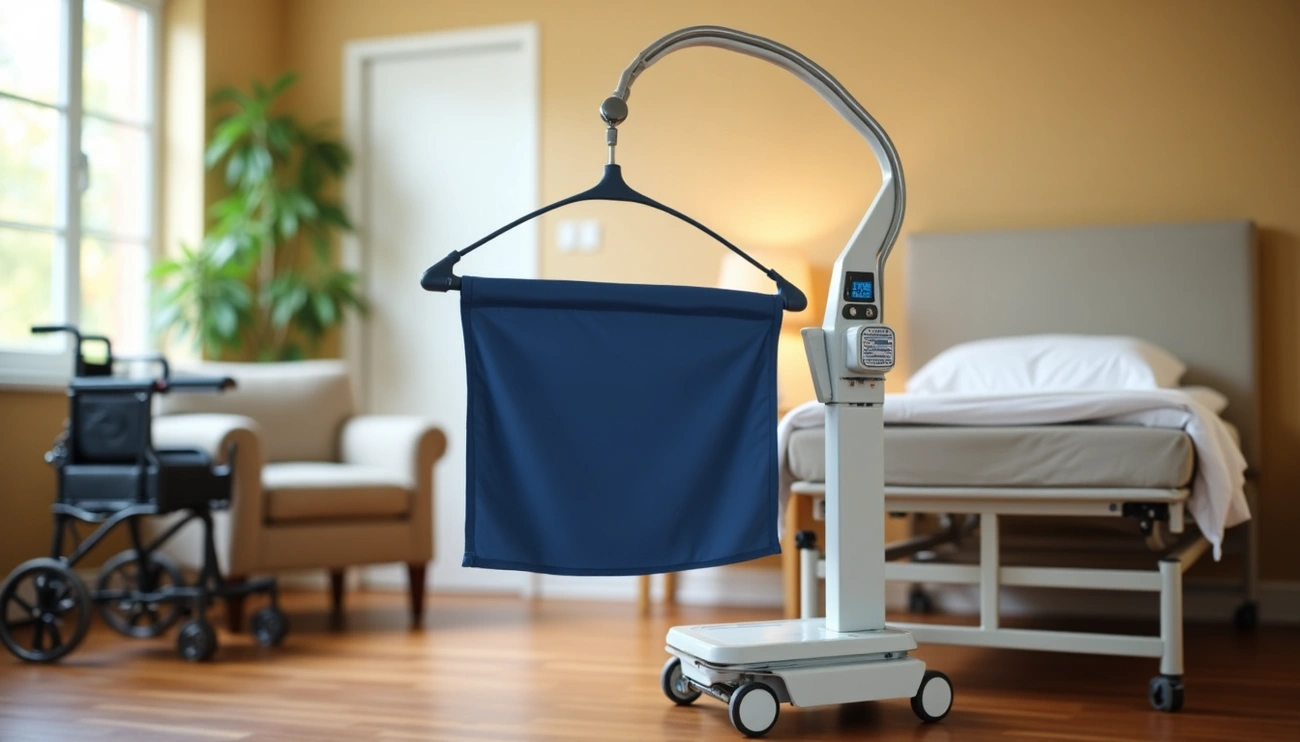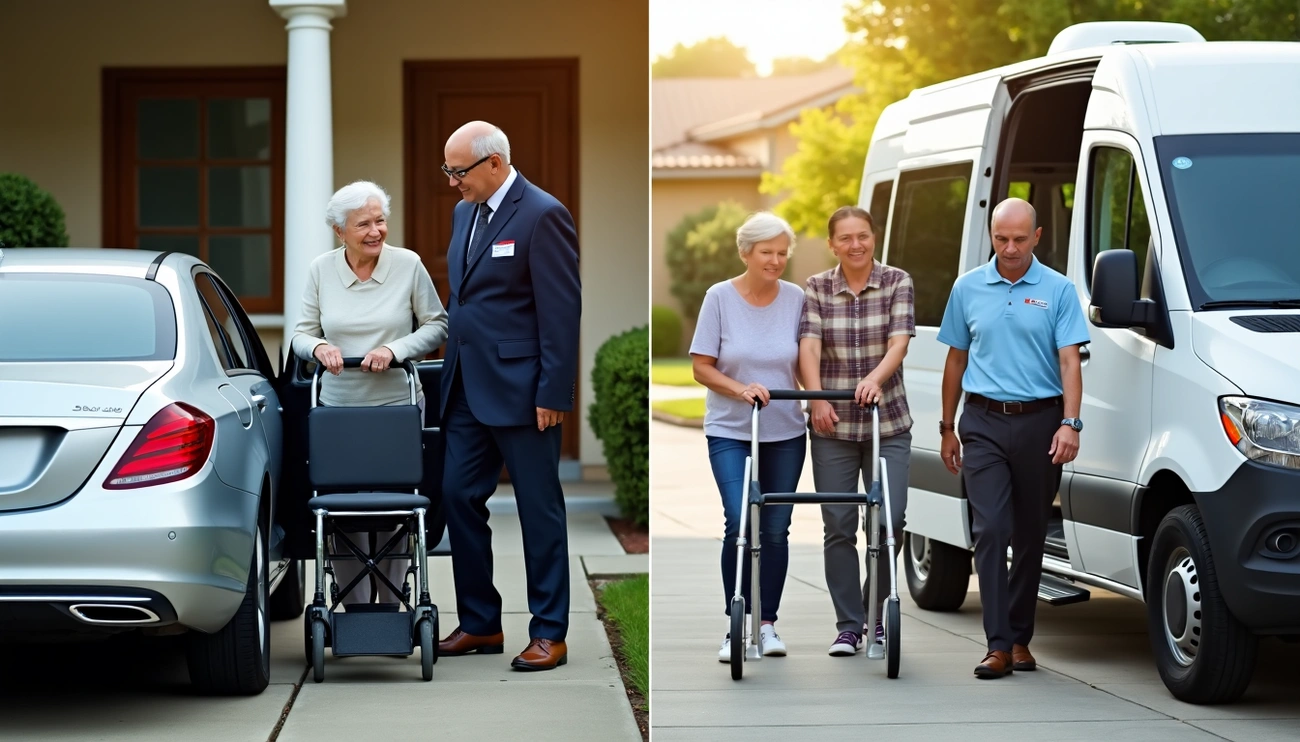A growing trend in housing is multi-generational living, where multiple age groups live together in shared spaces. This model is gaining traction as an innovative solution to several societal challenges, particularly the isolation often experienced by older adults in traditional age-restricted communities. With more families looking for flexible, supportive living arrangements that bring together younger and older generations, multi-generational housing offers a pathway to more inclusive and vibrant communities.
In this article, we’ll explore how multi-generational housing works, its benefits for seniors, and why it’s becoming a transformative model for aging.
What Is Multi-Generational Housing?
Multi-generational housing refers to living arrangements where different generations—such as seniors, young adults, and families—reside together in shared or connected spaces. This model can range from extended families living under one roof to purpose-built communities that foster interaction among diverse age groups.
In many cases, multi-generational communities feature shared spaces like community gardens, recreational areas, and communal dining rooms. These spaces are designed to facilitate connection and interaction among residents of all ages, encouraging both casual conversations and organized activities that foster collaboration between generations.
Breaking Down the Isolation of Seniors
One of the primary motivations behind the rise of multi-generational housing is its potential to reduce the social isolation that many seniors face. In traditional senior living environments or age-restricted communities, older adults can feel disconnected from the broader community and their families. The U.S. Census Bureau reports that multi-generational households have increased in recent years, as more families seek to provide companionship and care for aging parents while raising younger children.
In multi-generational settings:
- Seniors benefit from regular interaction with younger generations, preventing loneliness and providing opportunities for meaningful engagement.
- Families and children have more access to the wisdom, stories, and experiences of older relatives or community members.
- Younger adults can offer help with physical tasks, errands, and even technology, fostering a supportive environment.
This type of living arrangement combats one of the most pressing challenges facing seniors today: the feeling of isolation and disconnection from society. Through daily interactions, seniors can remain socially active and engaged, improving their overall mental and emotional well-being.
Intergenerational Learning and Skill Sharing
Multi-generational communities are also fostering a culture of intergenerational learning, where people of different age groups share their skills and knowledge with one another. This is particularly beneficial in areas like:
- Technology: Younger residents can teach seniors how to navigate smartphones, social media, or online banking, helping older adults stay connected in a digital world.
- Life skills and wisdom: Seniors, in turn, can share their life experiences, offering younger generations valuable advice on topics like career, family, and resilience.
Intergenerational programs often formalize these exchanges through skill-sharing events, workshops, or mentoring opportunities, creating an enriching environment for both seniors and younger residents. Such exchanges foster a sense of purpose for seniors, giving them an active role in the community while strengthening relationships across age groups.
Creating Stronger Communities
Multi-generational housing has the potential to redefine aging by ensuring that seniors remain integrated into society, rather than being segregated into age-restricted environments. It builds stronger, more cohesive communities where learning, relationships, and care flow naturally across generations.
In a typical multi-generational community:
- Shared spaces like kitchens, lounges, and outdoor areas bring people together for meals, conversations, and leisure activities.
- Intergenerational events such as game nights, storytelling sessions, or gardening activities promote bonding and fun across all age groups.
- Cooperative caregiving: Younger adults and even children can help with caregiving tasks, such as running errands or spending time with elderly residents, allowing family caregivers to share the responsibility.
These elements create an inclusive, supportive environment where seniors can thrive alongside individuals of all ages. Rather than feeling isolated, they are active participants in a community, contributing their knowledge and skills while receiving the social and emotional support they need.
The Benefits for Seniors in Multi-Generational Housing
The benefits of multi-generational housing for seniors are extensive:
- Enhanced social connections: Regular interaction with people of all ages reduces feelings of loneliness and isolation.
- Improved mental health: Studies have shown that seniors who are socially active are less likely to experience depression and cognitive decline.
- Access to informal caregiving: Seniors living in multi-generational settings often have access to informal support from younger residents, reducing the need for full-time professional care.
- A sense of purpose: Being an active member of the community gives seniors the opportunity to contribute, whether by sharing their knowledge, mentoring younger residents, or simply participating in daily activities.
Conclusion: A Model for the Future of Aging
As the demand for more inclusive and community-oriented living arrangements grows, multi-generational housing is emerging as a powerful model for redefining aging. By fostering intergenerational relationships and breaking down barriers between age groups, these communities create environments where seniors can remain active, engaged, and supported. The rise of multi-generational housing offers a promising future where aging no longer means isolation but an opportunity for connection, learning, and collaboration across generations.
Multi-generational living may not be the solution for everyone, but it undoubtedly presents a dynamic and enriching option for seniors seeking to remain integrated into their communities and close to family.




